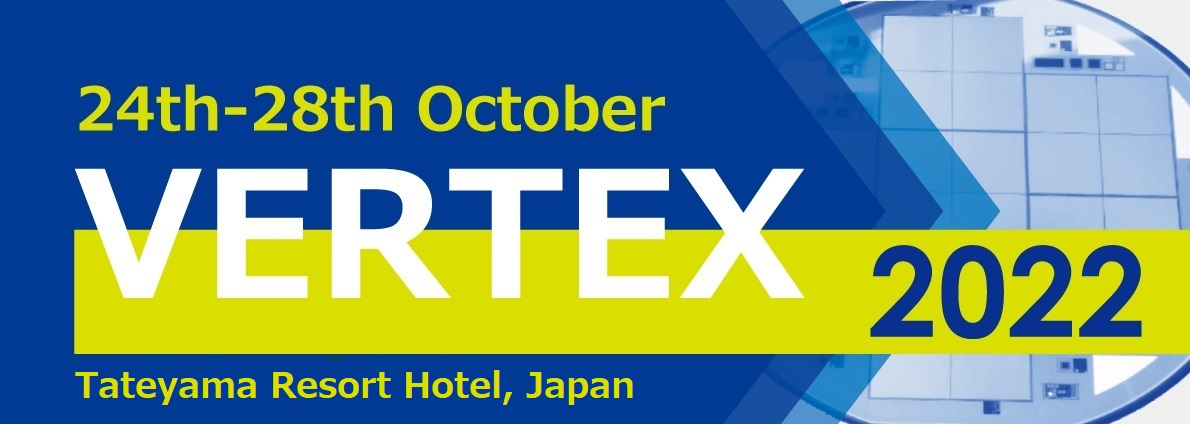Conveners
Future Experiments: & non HEP detector
- Kazuhiko Hara (University of Tsukuba (JP))
Recent developments in semiconductor pixel detectors allow for a new generation of positron-emission tomography (PET) scanners that, in combination with advanced image reconstruction algorithms, will allow for a few hundred microns spatial resolutions. Such novel scanners will pioneer ultra-high-resolution molecular imaging, a field that is expected to have an enormous impact in several...
The high-luminosity high-energy Electron-Ion Collider (EIC) to be built at Brookhaven National Laboratory (BNL) will provide a clean environment to study several fundamental questions in the high energy and nuclear physics fields. A high granularity and low material budget vertex and tracking detector is desired to provide precise measurements of primary and displaced vertex, track momentum...
A Muon Collider with the centre-of-mass energy ranging from 1.5 TeV to 10 TeV has gained a lot of interest in the recent years thanks to its unique combination of high energy reach, clean final states and low environmental footprint. In particular, discovery potential of the 100 km-long FCC-hh collider could be achieved with a more compact circular tunnel at a fraction of power...
Construction of linear e$^+$e$^-$-colliders has been proposed as a high-precision complement to the LHC and HL-LHC. The advantages of such a collider are a well-defined initial state with a tunable centre-of-mass energy, a clean environment with small backgrounds compared to hadron collisions, and the possibility of using highly polarised beams. This enables precision studies of Higgs...
